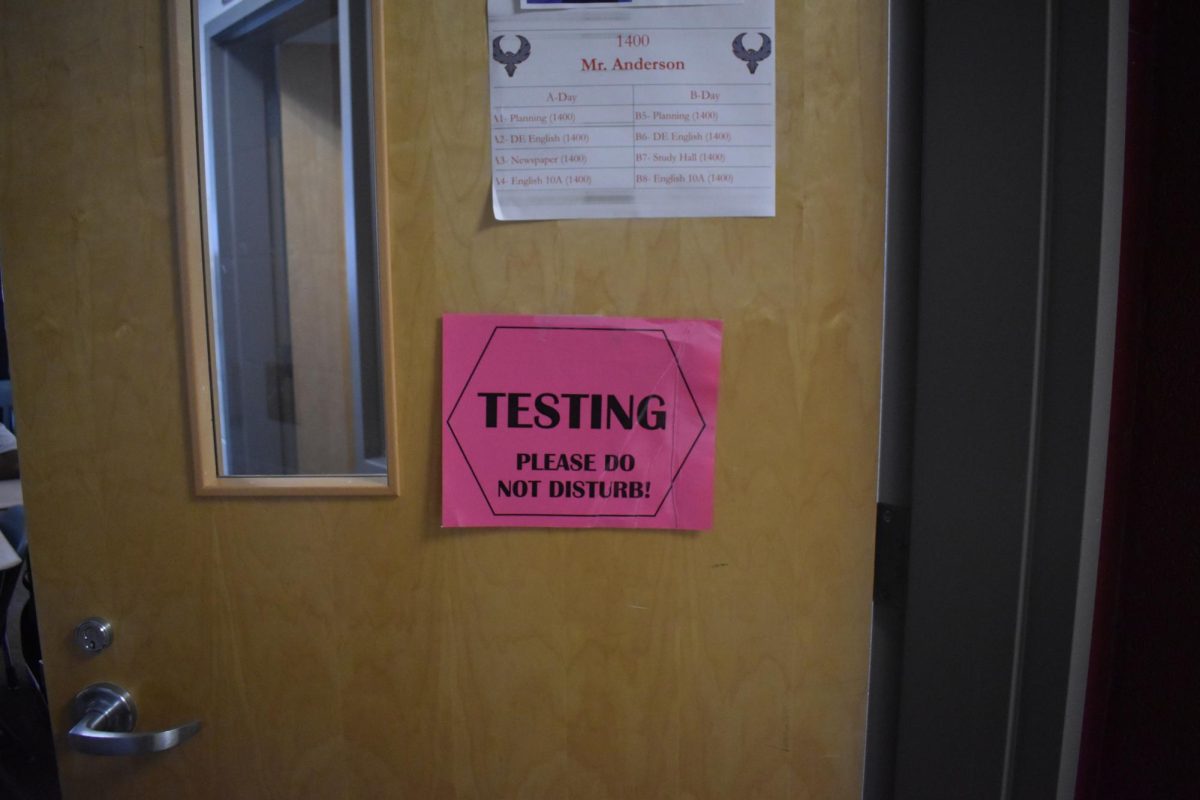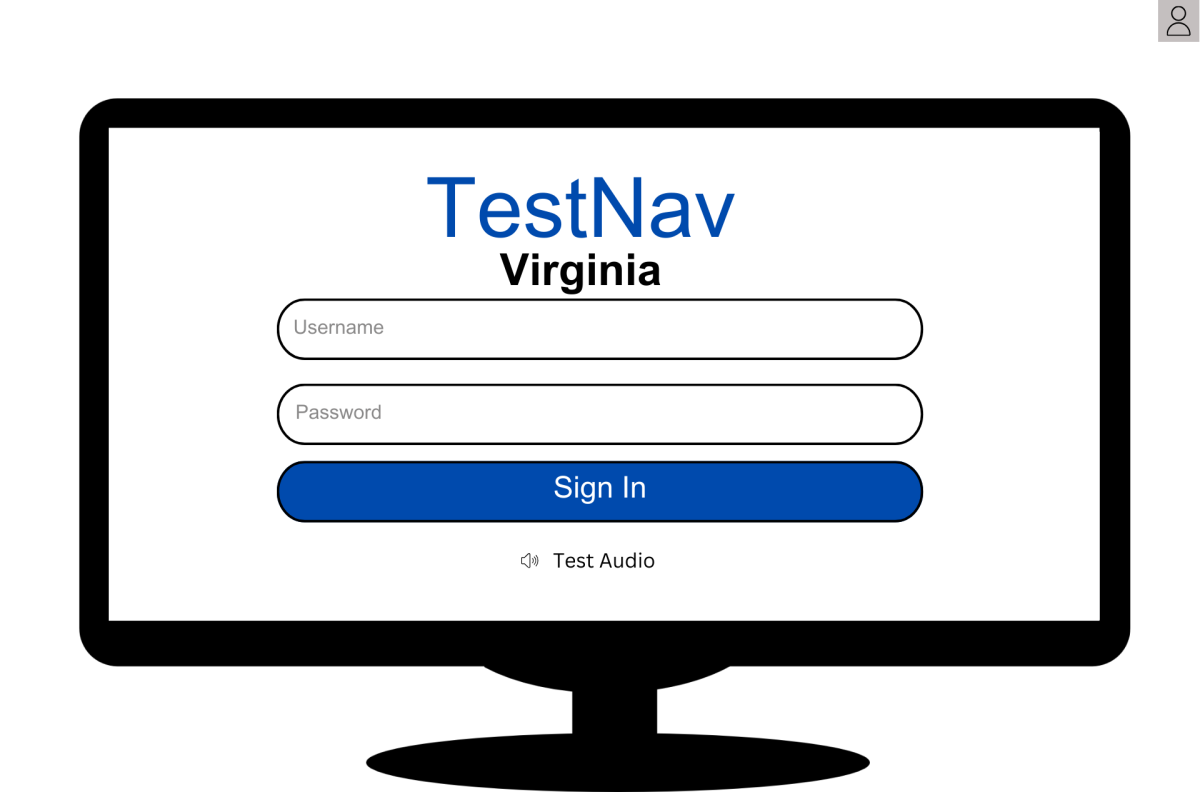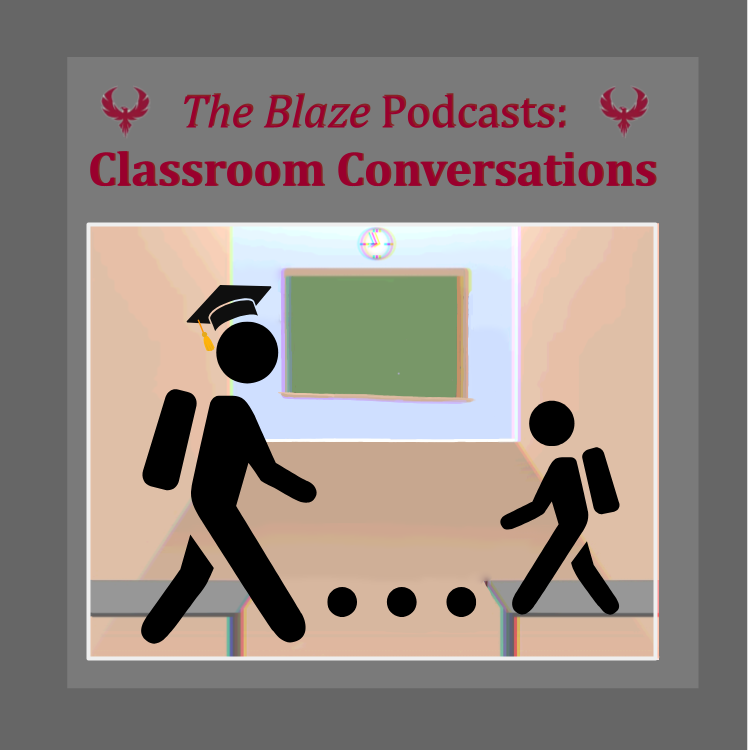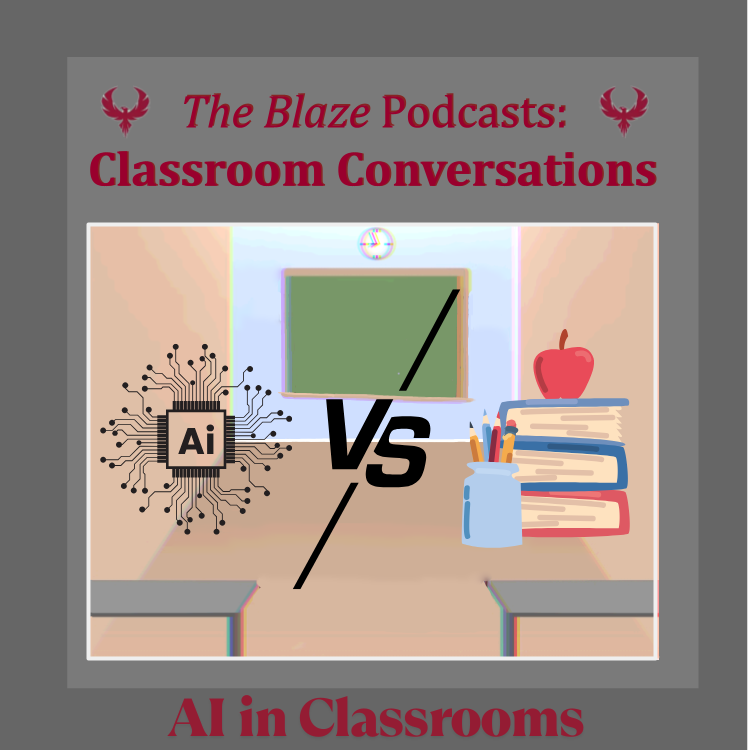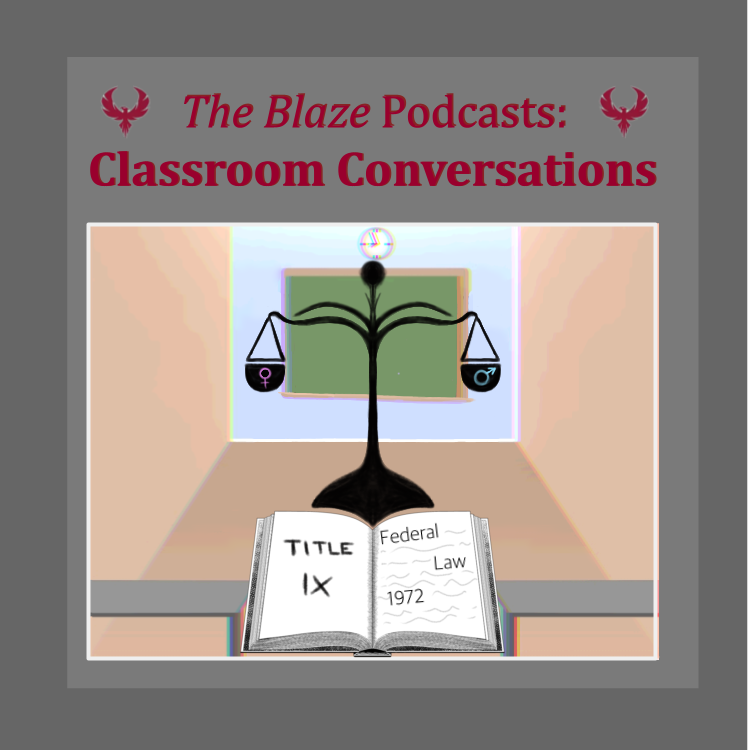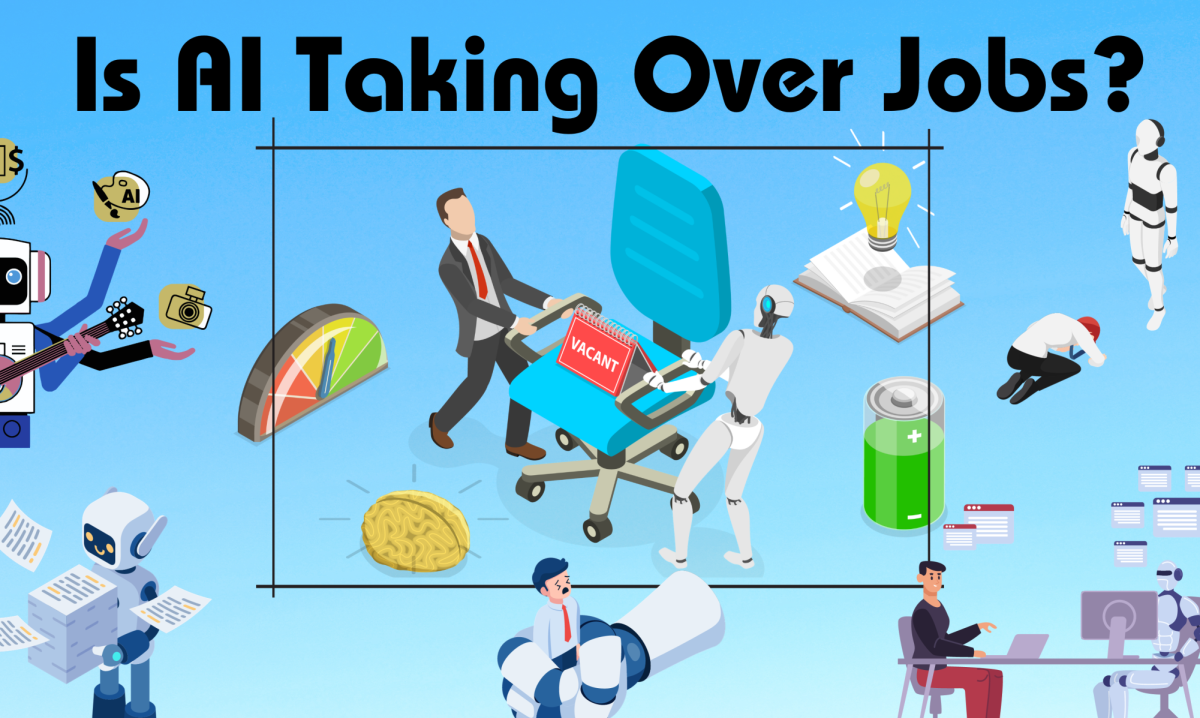Everywhere you turn today, there is some unbelievable technological advancement. In our everyday lives, we hear or experience things about autonomous vehicles, smart factories, warehouse robots, Alexa, chatbots, automated email responses, and Netflix recommendation systems. All of these developments are driven by the power of AI, machine learning, and Big Data. We are now in the midst of an AI revolution that has the potential to revolutionize the way we live and work.
What is AI?
First and foremost, what does “AI” mean? According to the definition, AI or Artificial Intelligence is the capability of computer systems or algorithms to imitate intelligent human behavior. It’s a branch of computer science dealing with the simulation of intelligent behavior in computers. AI can be found almost everywhere, from schools to big companies. AI is used to reduce human effort, it can help automate and speed up processes within society, and it can increase efficiency in the workplace by identifying and solving problems that humans may not be able to see or solve on their own.
AI in jobs:
AI is quickly being adopted by companies. According to a Report, 77% of businesses have started considering AI. It is becoming an integral part of the business strategies of many companies, and 37% of businesses say that it is a top priority. The AI market is likely to grow at a 37.3% rate from 2023 to 2030.
AI is seen as a way to automate tasks and processes, allowing companies to become more efficient and productive. AI can also be used to analyze customer data and offer personalized experiences, helping to increase customer loyalty and engagement. AI can also be used to identify opportunities for revenue growth.
In general, AI can be used in two ways. One way AI can minimize human effort is through automation, where it replaces humans for certain tasks. Automation enables systems to adapt and learn from new information, continually improving performance. As a result, businesses can achieve higher productivity, faster response times, and better customer experiences. Another approach to the use of AI is augmentation, where AI technologies are used to support and assist humans rather than replacing them entirely. It provides data and assists humans by reducing their work.
On the other hand, automation can be a disadvantage leading to job losses in certain industries, affecting the workforce by increasing inequality and poverty. It can also raise ethical issues such as including data privacy and misuse of technologies.
Automation can also lead to inequality, as those who are less skilled or educated may not be able to take advantage of the technology. Additionally, it can lead to a decrease in physical activity and an increase in sedentary lifestyles.
Math teacher Karen Curran believes that if AI wasn’t taken seriously, then it could have a major impact on the world. “AI can take over some jobs,” Curran said. “If [AI] is used incorrectly, it could destroy [some] pieces of society. AI can take over the world if it gets out of control. It reminds me of the Movie “War Games” back in the 80s.”
As junior Vidhi Jariwala considers the future of the workplace, she believes that AI can take over companies which is going to result in job displacement, but there could be a chance where things are back to normal. “In the future, there are going to be less jobs because AI is taking over the jobs, but you never know that AI could disappear,” Jariwala said. “But I think there is still a chance that people could stop AI from getting control of the world, because AI was created by humans and not a robot machine. You never knew the future.”
For sophomore Adya Jha, AI could impact high schoolers in future if they rely on AI. “Basically if AI will do their work, then they are not actually going to learn anything,” Jha said. “As an individual, it’s going to be harder to get a job, because AI does [a lot of] work which can reduce the need of that other job so you need to find another one,” Jha said.
The use of AI not only takes place in job displacement, but also helps in the creation of new jobs. Instead of replacing human workers, AI is more likely to augment their capabilities. AI systems can help humans by automating repetitive tasks, analyzing vast amounts of data, and providing valuable insights that can be instantly operationalized. AI has raised concerns about job displacement, but throughout history, technological advancements have created more jobs than they eliminated. According to an analysis, around 85 million jobs may be lost to AI by 2025, but 97 million new roles may emerge as well.
AI can be helpful in reducing human error, they are also capable of new inventions. AI also has less risk towards difficult jobs such as defusing a bomb, going to space, or exploring the ocean.
AI in Schools — How Does it Affect Students?
Even in school, laptops allow students to access AI. AI technology has been implemented in the education sector to enhance the learning process for students and assist teachers in personalizing their lesson plans as per the individual needs and preferences of students. Additionally, AI technology is used for automated grading, tracking student progress, and providing tailored learning experiences. AI models are developed to predict students who might be at risk of dropping out. AI-powered adaptive learning environments and personalized learning plans are also helping students with learning disabilities.
However, AI is not always useful in studies. The implementation of artificial intelligence in academic evaluations has given rise to apprehensions regarding its probable abuse as a means of cheating by scanning for correct answers on the internet or using AI-powered programs to generate answers. AI can also be used to automate the process of taking tests, allowing students to take tests faster and more efficiently, but potentially students receive an unfair advantage over their peers and undermine the integrity of the education system. Also, ChatGPT, a new AI-powered software, was considered a significant threat to traditional learning by New York City public schools. As a result, it was banned just a few weeks after its launch.
Freshman Divitha Mathe believes that AI could be used both positively and negatively, but it depends on what person you are. “AI does have an impact on studies; mostly people use ChatGPT to cheat on tests or assignments, they don’t actually do their work,” Mathe said. “If people start using AI for good causes, then it could be a benefit to us. But if we have unlimited access to AI then we’re gonna rely on it. And it’s going to make most of us lazy.”
Math teacher Karen Curran thinks that AI can be both useful and unhelpful in schools, especially in English. “I’m sure the English department is having a much harder time grading their papers and making sure they are not produced by AI,” Curran said. “I like that they have another resource to go to if [students] have questions. AI is not affecting math that much because it’s not like [AI] is helping them in their tests and assignments.”
Conclusion:
AI impacts job displacement but also creates new jobs. Ultimately, AI should be seen as a tool to support and improve student’s futures in both school and work, rather than a threat to the job market. Therefore, AI should be managed responsibly and it should benefit society.

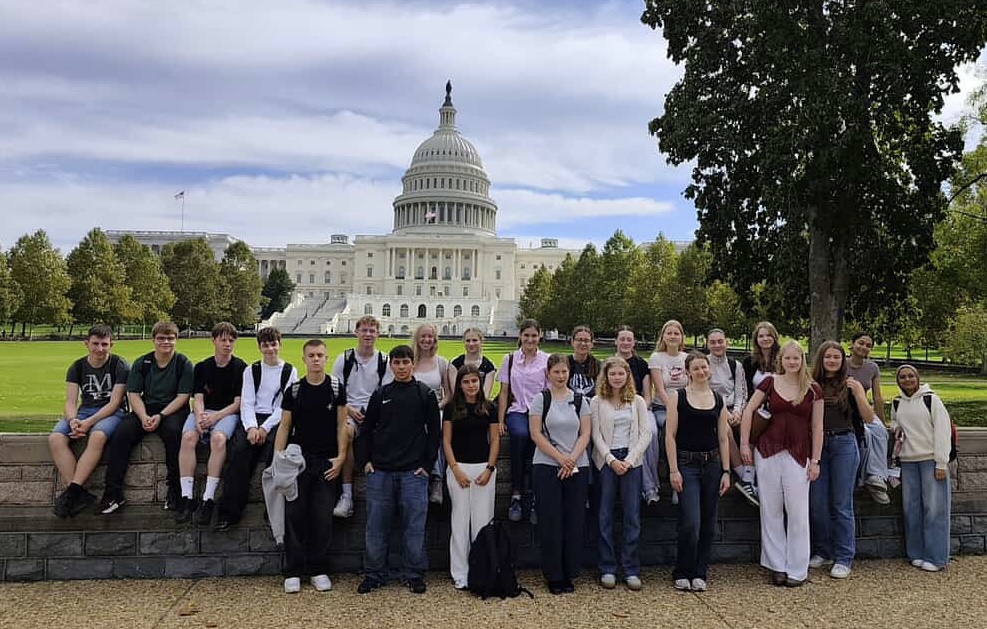
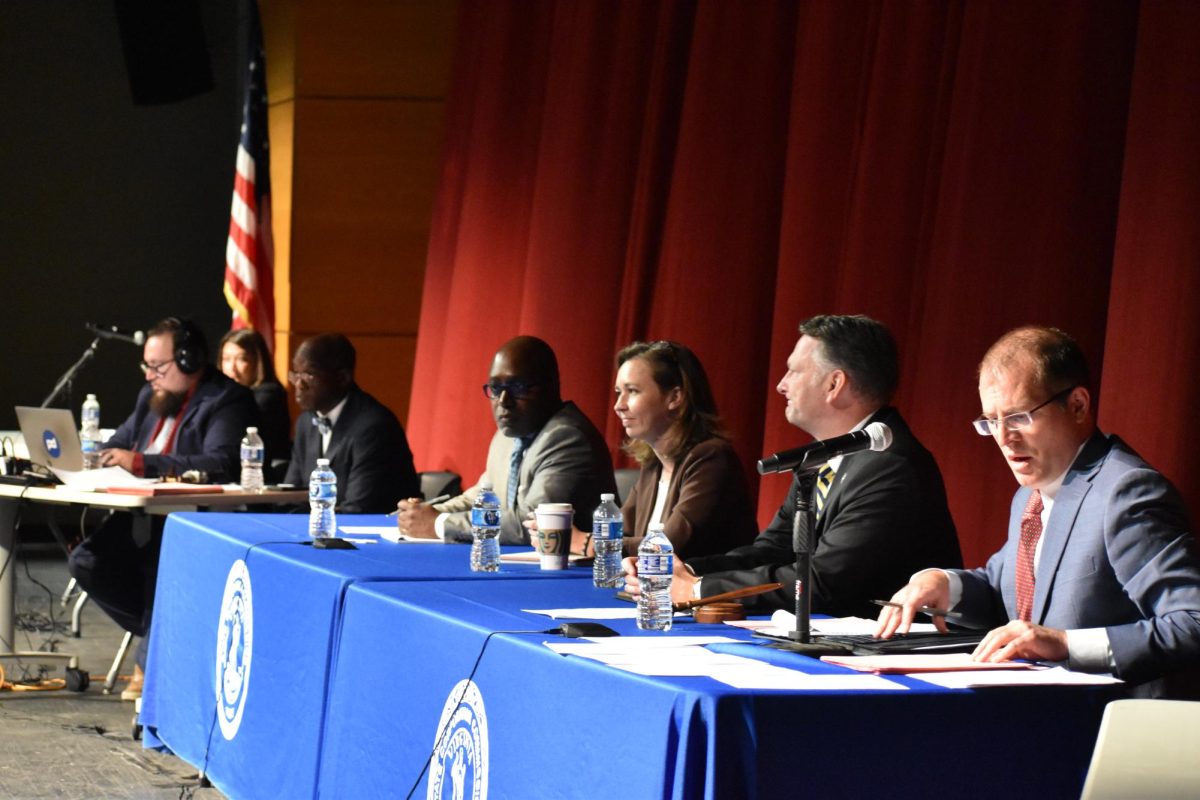
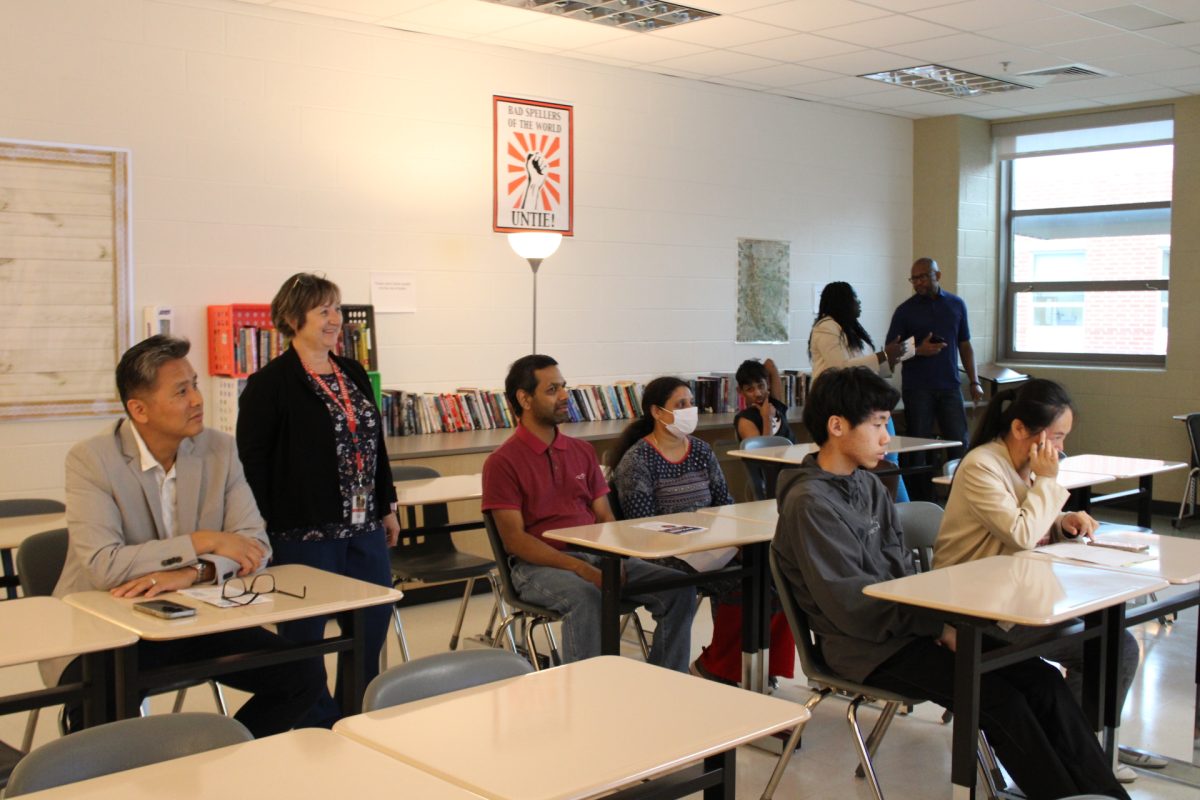











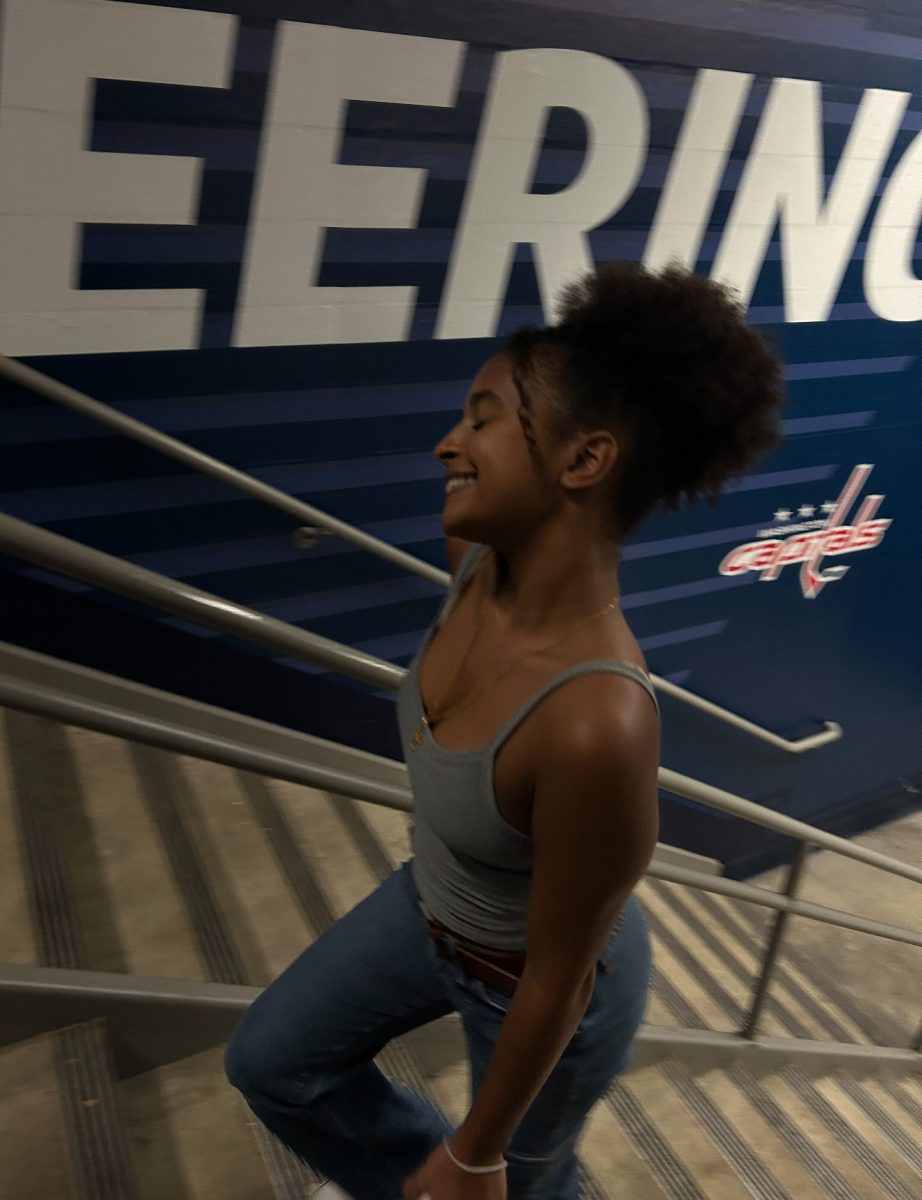






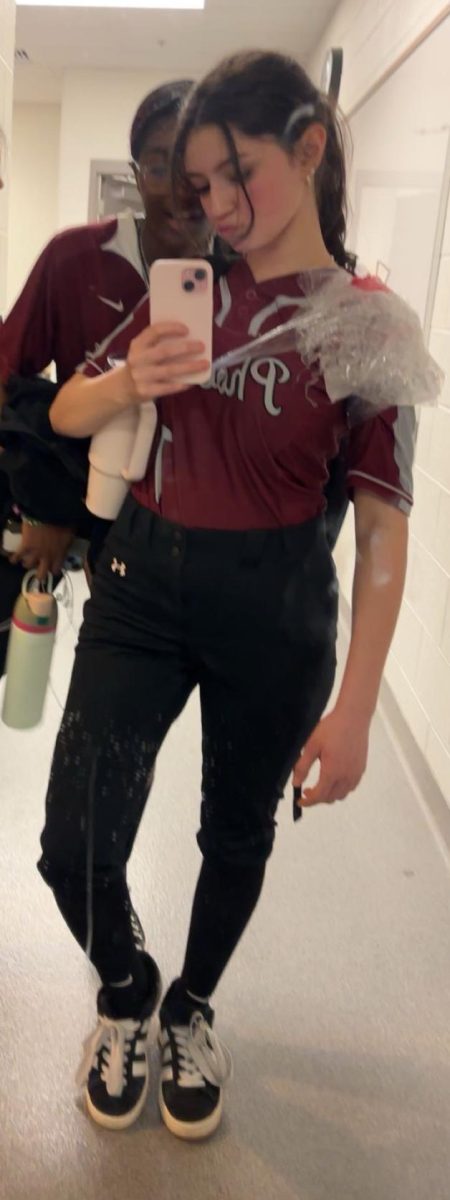


![The Phoenix varsity volleyball team lines up for the national anthem. “We were more communicative [with each other] during this game, and I feel like we kept our energy up, especially after the first set,” senior Jessica Valdov said.](https://theblazerrhs.com/wp-content/uploads/2024/10/DSC_0202-1200x800.jpg)










![Junior Alex Alkhal pitches the ball. “[I] just let it go and keep practicing so we can focus on our goal for the next game to get better as a team,” Alkhal said.](https://theblazerrhs.com/wp-content/uploads/2025/05/DSC_0013-1-1200x929.jpg)







